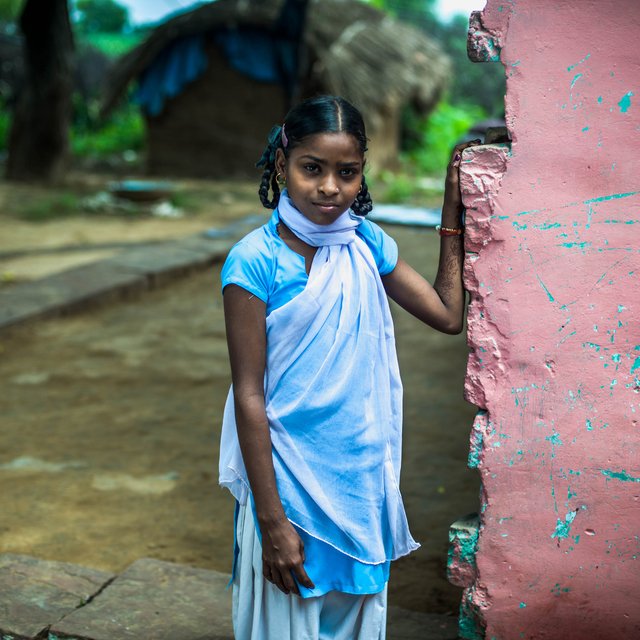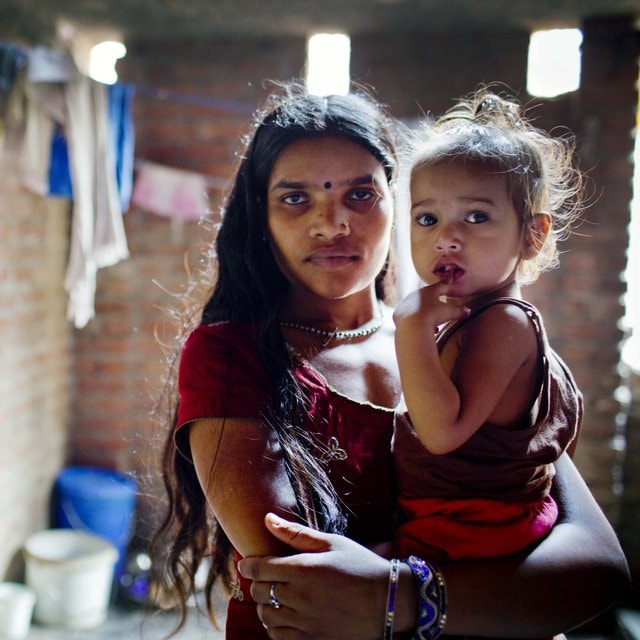Sexual & Reproductive Health & Rights
Universal access to sexual and reproductive health is fundamental for individuals to achieve their full potential, and essential if countries are to harness their demographic dividend. Our goal is to prevent unintended pregnancy and HIV infection and accelerate a demographic transition.
Today over 200 million girls and women in the world’s poorest countries want to use contraception but lack access. In sub-Saharan Africa, more than 40% of pregnancies are unplanned, three quarters of abortions are unsafe and new HIV infections remain stubbornly high, especially amongst young women. Many of the world’s poorest countries have young and fast-growing populations where the need for Sexual & Reproductive Health & Rights (SRHR) is set to grow dramatically. At the same time, SRHR is frequently underfunded, deprioritised or held back by policy.
While barriers to progress exist, there have also been significant achievements over the last decade, with millions more users of SRHR services and commitments to equity and individual empowerment. We also have opportunities to accelerate progress towards 2030, with new ways to deliver sexual health services, more service choices, and innovative financing solutions that could increase access for a growing number of people.
CIFF aims to support partners who deliver high quality, equitable and gender transformative SRH programming at scale. We aim to make bold investments across three priority areas (outlined below), and we strive to deliver on the promises made at ICPD+25 and the Generation Equality Forum (GEF) Action Coalition on Bodily Autonomy and SRHR.

1) Increase SRH Choices
We will support individuals to access affordable choices, measured by changes in modern contraceptive use, desired fertility, and use of HIV prevention tools.
By 2025, we aim to deliver:
– Faster growth of low-cost, highly effective SRH service options that reach the most marginalised and vulnerable. We will focus on contexts where there is high unmet demand, low actual use and high total fertility or HIV incidence rates. Key interventions include scaling community outreach of comprehensive contraceptive choices – including long-acting methods; and increasing access to HIV prevention tools.
– We aim to increase financing for SRH choices by growing domestic and private sector contributions and making donor financing more predictable.
– More options that meet the preferences of girls and women, by bringing to market at least five SRH product innovations that attract users and/or reduce unit costs.

3) Champion Reproductive Rights
No one should suffer or die because of unsafe abortion.
We aim to prevent unsafe abortion by making comprehensive reproductive healthcare equitable and integrated within health systems. At the same time, we will champion reproductive justice and support policies that promote gender equality.
By 2025 we will:
– Make quality-assured products and services universally accessible.
– Reduce out-of-pocket expenditure for hundreds of thousands of people living in poverty through targeted subsidy, public-private partnerships, and health financing interventions.
– Prevent disinformation, reduce stigma and uphold the rights of marginalised groups and those who face discrimination to integrated SRH care, which includes HIV prevention and contraception.
InvestmentCurrent multi-year investments can be explored below.
To learn more about closed grants, use our grant portfolio tool.
Current multi-year investments can be explored below.
To learn more about closed grants, use our grant portfolio tool.
-
-
SRHR Step Up $75.0m
-
Accelerating Access to Children’s HIV/AIDS Treatment $50.0m
-
Transforming the Market for HIV Self Tests $38.4m
-
Delivering Innovation in Self Care (DISC) $33.6m
-
Precision Prevention: Breaking the Cycle of HIV Transmission $33.0m
-
India SRHR Choices $29.8m
-
Innovative self-injectable contraceptives $27.0m
-
Family planning commodity financing $25.8m
-
Securing the Future for Women’s Health Commodities $23.3m
-
Acceleration Fund: Scaling Commercial Distribution of User-Controlled Sexual Health Choices $21.0m
-
Adolescents 360 (A360) Amplify $18.3m
-
Adolescents 360 $16.9m
-
Catalysing On Demand Contraceptive Choices $15.1m
-
In Their Hands $14.9m
-
The Building Blocks of a Multi-Choice Market $11.9m
-
Fast Track Self Care Policy $11.0m
-
UNFPA Challenge fund $10.0m
-
Preserving High-Impact MSI Services $10.0m
-
Women’s Integrated Sexual Health Programme $9.0m
-
Faya – Sex education delivery $5.8m
-
Bringing a Dual Protection Pill to Market $4.7m
-
Youth led action for Comprehensive Sexuality Education $3.2m
-
Plan A: Just in Case $2.0m
-
Understanding the Economic Impacts of Child Marriage $1.5m
-
MTV Nishedh $1.2m
-
HCD Exchange $1.0m
-
Building resilience in SRHR decision-making $1.0m
-
A New Investment Case for Family Planning $1.0m
-
FP2030: A localised and gender transformative partnership $1.0m
-
Fast Track Policy Support for Self Care SRHR $1.0m
-
Global Learning Hub for Outcome Based Approaches $1.0m
-
Sexual and Reproductive Health Metrics $1.0m
-
Launching the HIV Prevention Coalition $0.8m
-
Integration of PrEP and Family Planning Pilot $0.8m
-
Adding It Up For Adolescents Phase 2 $0.8m
-
From Startup to Scale-up: Supporting an Accelerated Growth Journey for Triggerise $0.7m
-
Organisation Development Support to Triggerise $0.4m
-
D2C Channel Development $0.4m
-
Organisational Development Support to Marie Stopes Kenya $0.3m
-
Adolescent Atlas for Action $0.3m
-
Leveraging Youth Champions as Change Agents for Government Accountability $0.2m
-
openDemocracy $0.2m
-
Smart Contraceptive Vending Machines $0.2m
-
Evidence Review for Demographic Transition $0.2m
-
IPPF Medical Leadership and Capacity Sharing $0.1m
-